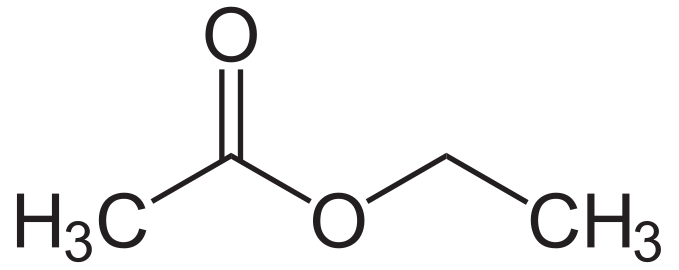
The problem with oxidizing ethyl acetate is that it will tend to oxidize at the acetyl carbon rather than the carbon you want to oxidize, giving instead ethyl glycolate or ethyl glyoxylate. Maybe if you tried to do a radical halogenation of benzyl acetate, instead, you could get acetic anhydride or acetyl chloride upon rearrangement. In fact, that might even be a good idea.



 ) as alternative radical initiator?
) as alternative radical initiator?